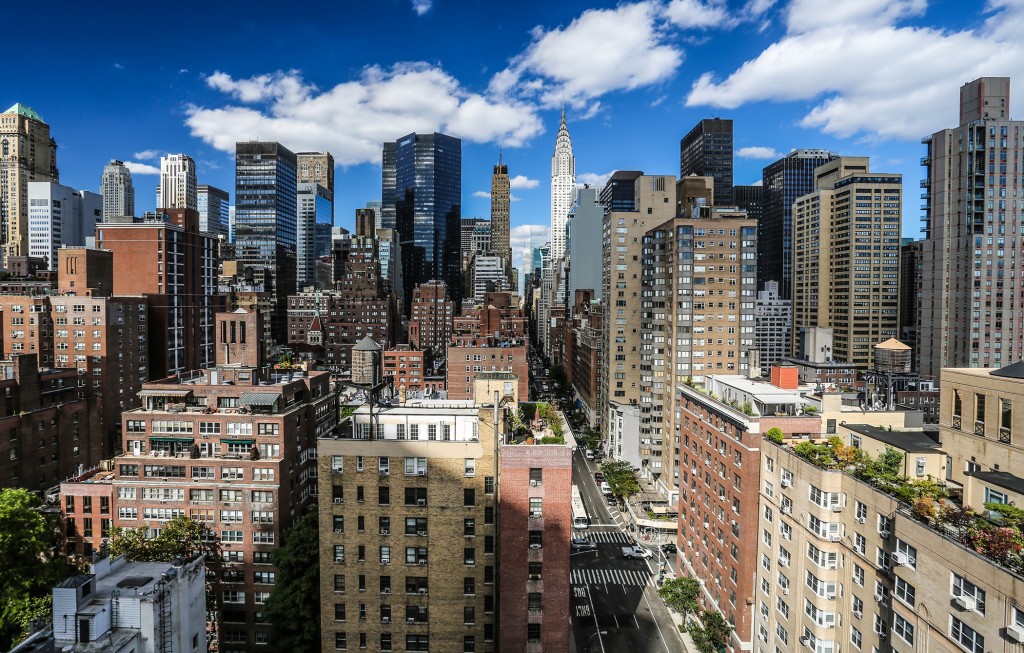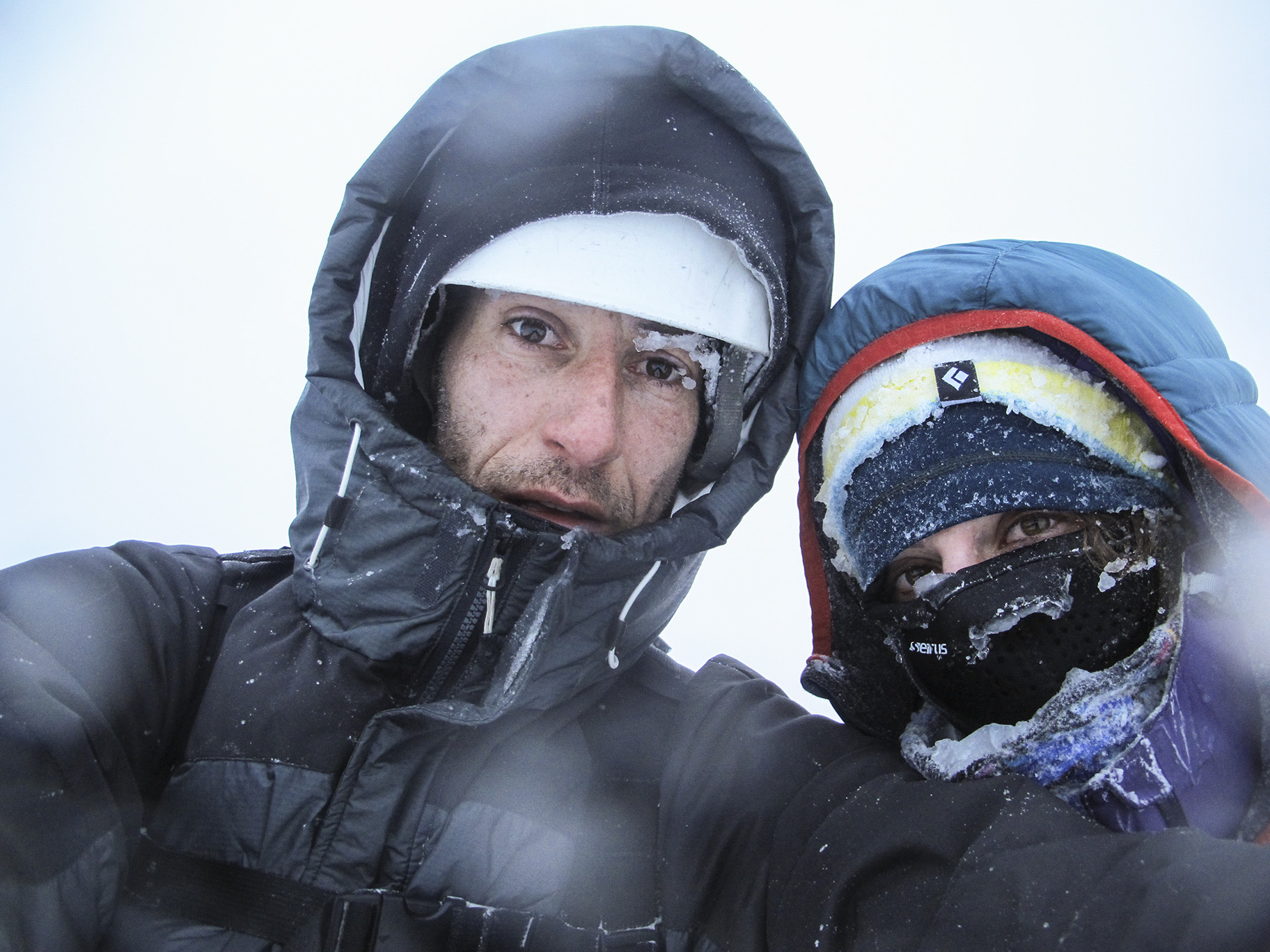
Instagram has dropped the square format. It’s the 1:1 aspect ratio shot heard round the world, the harbinger that mobile photography is here to stay.
Want more proof? Our photographic contribution since the dawn of time has been calculated by 1000memories, and they estimate the total number of photographs at 3.5 trillion. Their research shows that nearly 10% of all 3.5 trillion images have been taken in the last year – 20% of which appear on Facebook. Merely 10 years old, Facebook contains, along with all those goPro hero shots polluting your newsfeed, 250 billion other photos – over 17,000 times the number of photos in the Library of Congress (source: Business Insider).
Sold yet?
Photography has no immunity to Moore’s Law, and as with the rest of the tech market it is showing no sign of slowing down. What started as a guy with a candle and a box with a slit cut in it has evolved through shadow and through glass, to metal, to gelatin, to paper and to pixel, leading to the ostensible apex of photography: Snapchat, of course.
________________________________________________________________________________________________________________________
Being the relic that I am, I remember being at the forefront of the digital revolution, and wondering just how the tiny-but-mighty pixel would change our industry for good.
Like the change to wireless flash triggers or continual lighting LEDs, the dawn of digital photography was met with skepticism and fear. We as photographers were comfortable with things like ASAs, motor drives, E-6 film, and Polaroid testing. Then, just moments before its implosion, Kodak (may it rest in cold and snowy peace) came on the scene and forced all us all to learn what a PCMCIA slot was. JPEG went from nerd vernacular to household word – in fact you could probably find it in a dictionary. If you can find a dictionary.

Just over a decade ago, taking a thousand frames in a day (something pros do on the regular) would mean nearly 30 rolls of film. Forget light-stand-wrangling and model, er, fluffing, assistants were needed back in the day just to haul around bags of wound gelatin.
Yeah the gear has changed, and most cell phones pack more of a pixel powerpunch than OG digital cameras. But instead of looking at the evolution of the gear, I’d like to take a look at the recent evolution of photographic philosophy as a result of the change in gear. Before you utter out a long “boooooring” hear me out – our next steps in this journey depend entirely on you.
Around the same time I made the jump to digital, I had back-to-back assignments in Africa. The first, in Kenya, I shot nearly 80 rolls of film. I had to haul it around, bribe airport security to not x-ray it (I used to carry a dummy roll of 6400 ISO film to ensure hand-screening). When returning stateside, I’d hand-deliver the satchels of film to my local commercial lab. And wait. Wait like a fat kid in line at Krispy Kreme on his birthday, drunk on aerosolized glucose, sticky fist full of birthday cash, and suddenly the “HOT” sign becomes ablaze in gamut-crushing neon red, just as he’s next in line.
When the little white envelopes of 4×6 proofs started to trickle in, it was like Christmas, or that baker’s dozen of sugar-sprayed fried goodness. Each roll revealed new memories, tangible photos of wild animals and Maasai warriors, interwoven with memories and as supplements to stories told since the return to the land of flush-toilets and Western civilization.
My next go, a year or so and another round of equine tranquilizer-sized needle vaccinations later, was all digital. I was down in South Africa climbing and shooting, and even though we went out on safari again, the frames were soon forgotten. There was no Christmas morning moment, no anticipation of memories. Just a bunch of lifeless files on a hard drive. Sigh.
________________________________________________________________________________________________________________________
Although there are still film Luddites today, they are relegated to a select grouping with a select audience; the nature of business has strong-armed us into the digital world, and most have become happy here. The big camera companies have weathered the transition, and in fact excelled, reaching more of the market with their systems than in film days. How many folks do you know without a DSLR? Compare that to 20 years ago, when the only one with an SLR (yes, the D was an add-on) was your weird uncle Ralph? The guy who’d pull a dull Pentax out of a musty leather case from the 1970s, attempt to align the family before the telltale mechanical click of the shutter? Man I miss that sound…

Yet that sound came at a price – each frame had to be processed and printed, creating an investment on the part of the photographer and conceivably the accompanying intent. Now the cost-per-click is dropping faster than Kim Davis’ chance of being nominated for a Nobel Peace Prize.
In the consumer market, this now expendable and omnipresent medium has changed our consumption of still images. Fueled by such fodder as the Kardashian conquest for world domination, Facebook, Instagram, Vine, Snapchat – the birth of the selfie, shudder – these are our daily bread of photography. Each day I’ll bet most people get more stimulation from online images than from the real world. You remember the real world, don’t you? Trees and birds and plants and dirt and beaches? Apple pies and picnics instead of reddit posts and pinterests?
Is this sense of immediacy permeating our photography consumption to the point of one and done? Are we only concerned with a single second of impact, before our image drops far down the hashtag chain into obscurity?
Are our hours of staring at screens large and small clouding (pun intended) our own perceptions of what makes a good image? I’m not even talking about composition or exposure here, but rather appreciation. Appreciation of images worthy of legacy – think Steve McCurry’s NatGeo cover of the Afghani girl.
My fear is that photography will be reduced to a media of consumption, rather than one of adulation – where function will devour art form, leaving behind the carcass to be picked over by an aging society of tweedy professors and horn-rimmed critics, dead poets who hunger for the days of reality.
For more information on this topic, check out photographer Robert Frank’s The Americans. Preferably from a library.